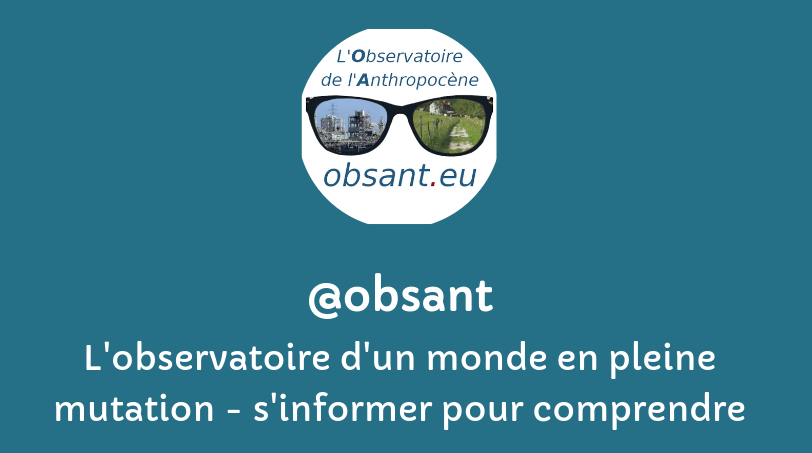Les champs auteur(e)s & mots-clés sont cliquables. Pour revenir à la page, utilisez le bouton refresh ci-dessous.
filtre:
wri
Why Environmental Writing Isn’t Resonating As Much Anymore Active hope, not optimism. And why facts alone no longer move people. Environmental pieces aren’t landing like they used to. Writers, researchers, and activists are noticing the shift: climate content that once sparked engagement now fades into the background. The question isn’t whether people care about the planet — it’s that many readers are moving past narratives of awareness and individual action (or at least I think they should!). They want to understand power. They want to understand systems. They want hope rooted in collective transformation, not optimism sold as personal therapy. We Know the Planet Is Dying. So Now What?
US President Donald Trump's administration is revising past editions of the nation's premier climate report—its latest move to undermine the scientific consensus on human-caused global warming.
Forests have historically acted as a reliable planetary thermostat. They regulate Earth’s temperature by removing carbon dioxide (CO2) from the atmosphere and locking it in trees, roots and soil — carbon that is emitted if trees are cut down. In a typical year, forests and other vegetation absorb roughly 30% of the carbon that humans emit from burning fossil fuels — a vital climate service performed at virtually no cost by trees around the world, from tropical rainforests to temperate and boreal forests.
Limiting global temperature rise to 1.5 degrees C is essential for avoiding the worst climate change impacts, but doing so requires cutting emissions 42% by 2030 and 56% by 2035. Current policies alone will achieve less than a 1% reduction.
New data on WRI's Aqueduct platform ranks the world's most water-stressed countries. One-quarter of the global population regularly use up their entire water supply.
There is a big shortfall between the amount of food we produce today and the amount needed to feed everyone in 2050. There will be nearly 10 billion people on Earth by 2050—about 3 billion more mouths to feed than there were in 2010. As incomes rise, people will increasingly consume more resource-intensive, animal-based foods. At the same time, we urgently need to cut greenhouse gas (GHG) emissions from agricultural production and stop conversion of remaining forests to agricultural land.
The State of Climate Action 2022 report analyzed progress across 40 indicators of action needed by 2030 and 2050 to limit warming to 1.5 degrees C, everything from increasing renewable energy uptake to halting deforestation to shifting to more sustainable diets. We found that none of the 40 indicators assessed are on track to achieve 2030 targets.
Metals will play a central role in successfully building Europe’s clean technology value chains and meeting the EU’s 2050 climate-neutrality goal. In the wake of supply disruptions from the COVID-19 pandemic and Russia's invasion of Ukraine, Europe’s lack of resilience for its growing metals needs has become a strategic concern. This study evaluates how Europe can fulfil its goal of “achieving resource security” and “reducing strategic dependencies” for its energy transition metals, through a demand, supply, and sustainability assessment of the EU Green Deal and its resource needs . It concludes that Europe has a window of opportunity to lay the foundation for a higher level of strate- gic autonomy and sustainability for its strategic metals through optimised recycling, domestic value chain investment, and more active global sourcing. But firm action is needed soon to avoid bottlenecks for several materials that risk being in global short supply at the end of this decade.
Humanity has swung a wrecking ball through the biosphere. We have chopped down over half of the world’s rainforests and by the middle of this century there may not be much more than a quarter left. This has been accompanied by a massive loss in biodiversity, such that the biosphere may be entering one of the great mass extinction events in the history of life on Earth.
![]()



